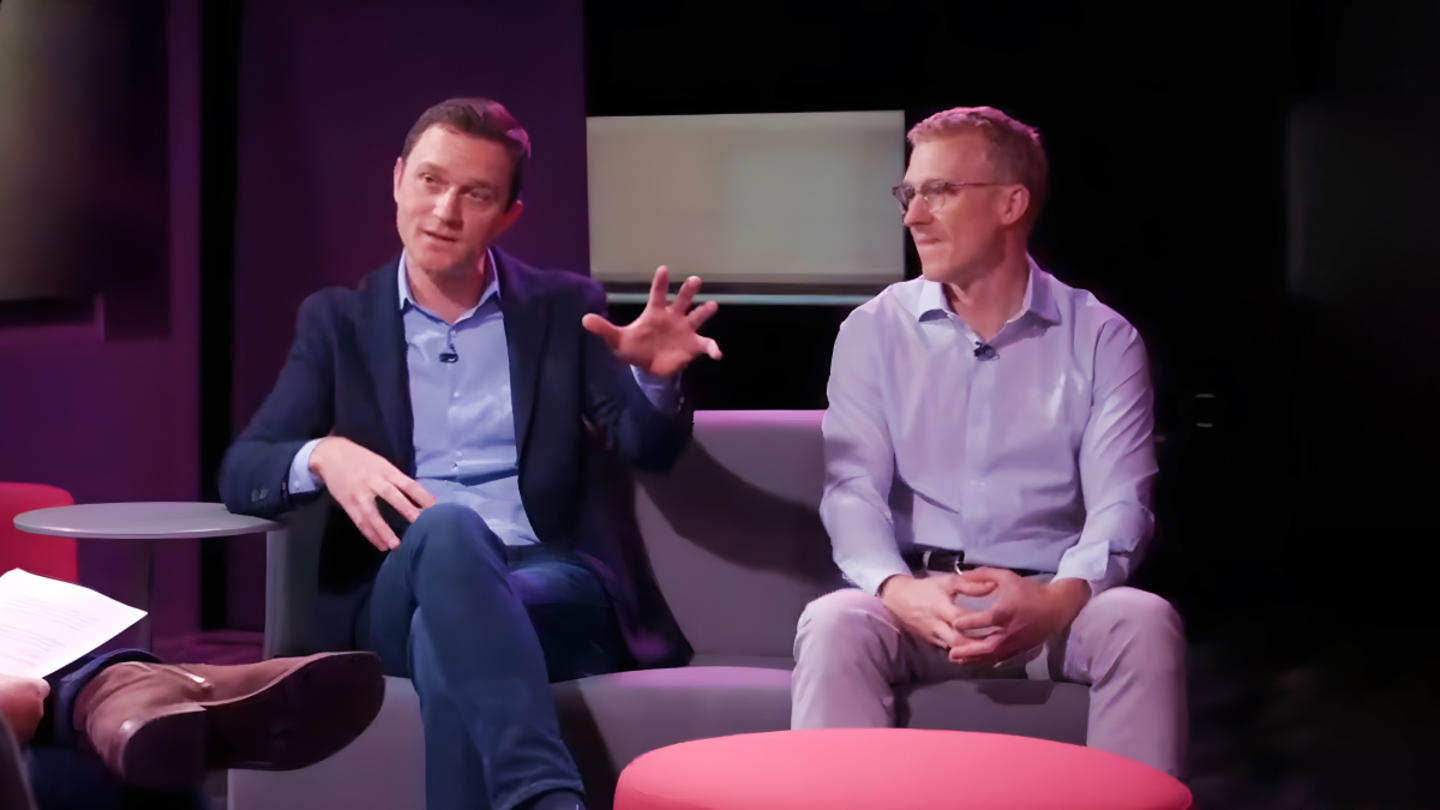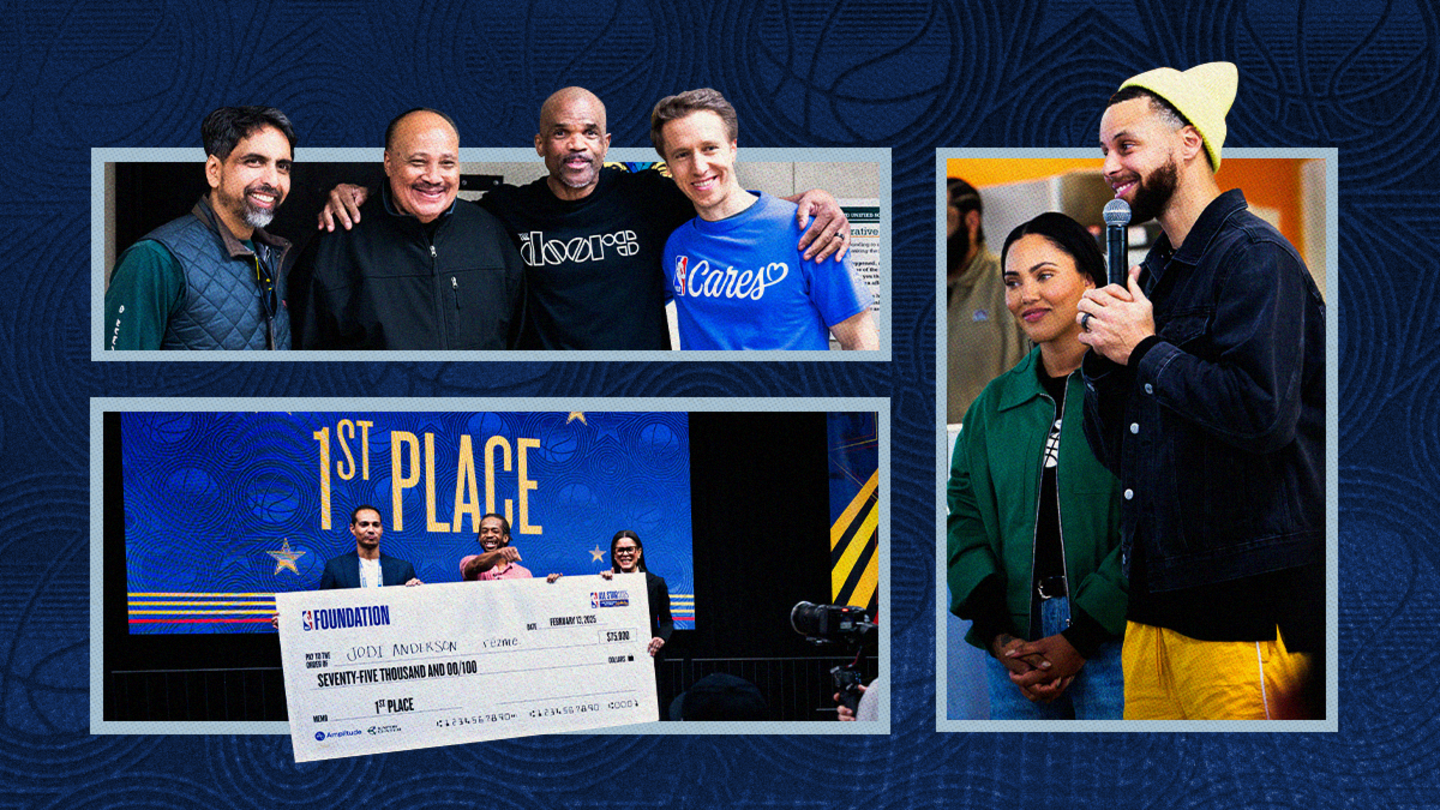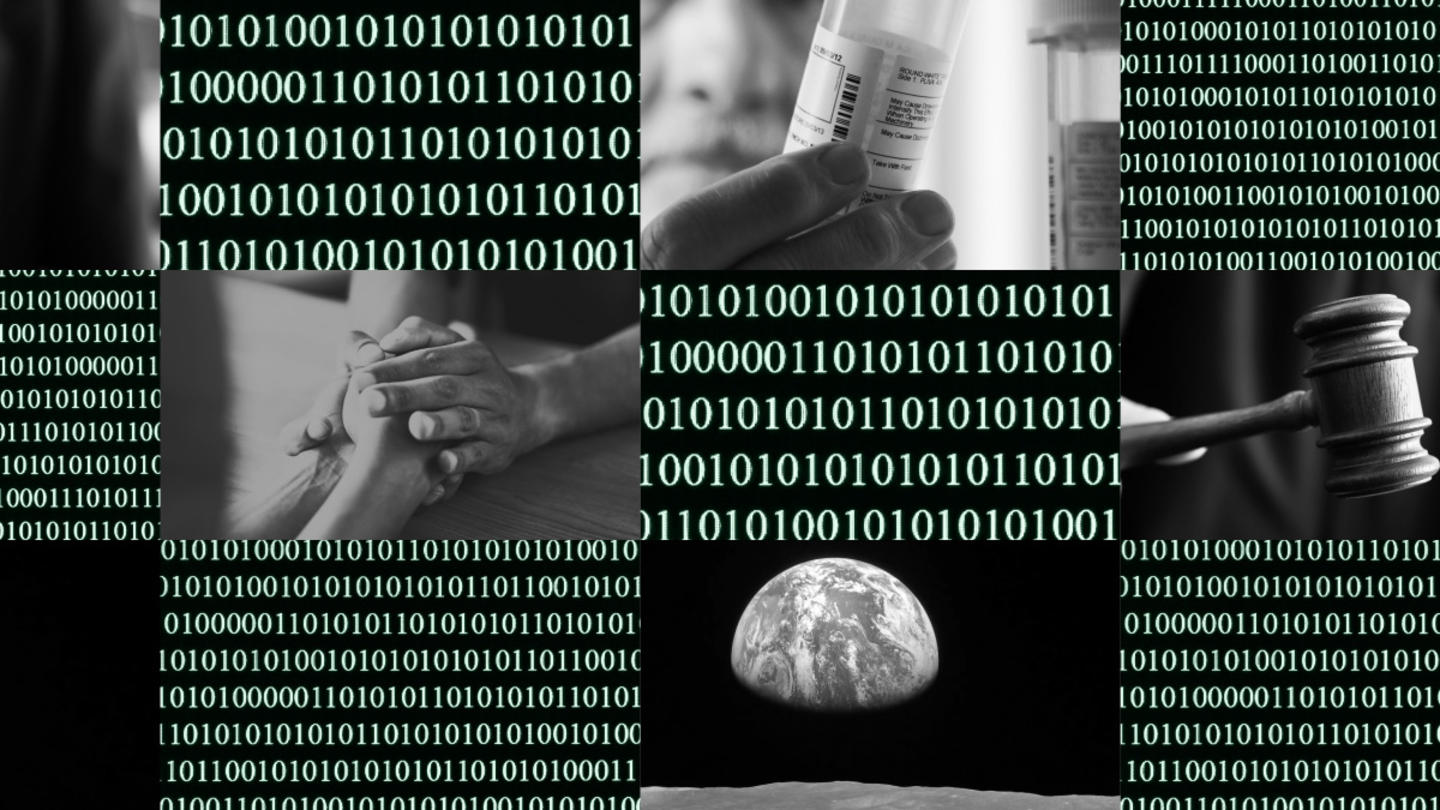Stand Together CEO Brian Hooks and CTO Mark Johnson recently joined a LinkedIn Live interview to discuss how philanthropists and nonprofit leaders can leverage technology to accelerate social change. Here are three insights Brian and Mark shared that could be applied to your work.
The big question: Why haven't technology and philanthropy met?
Traditionally, philanthropy has been slow to respond to complex problems. There are several reasons for this. Lack of access to clear and frequent feedback and outcome measurement tools has made trying new solutions uncertain and more difficult to prove. Philanthropists want to see a clear return on their investment, which pushes nonprofit leaders to choose to maintain more-of-the-same in effort and programming instead of trying different and new approaches.
But different and new is technology's bread and butter. Tech allows us to explore new ideas, identify new insights through data patterns, and coordinate on a scale like we never have before. It has transformed culture, social change, economics, logistics, and more.
"When you put those two insights together, the idea that technology has absolutely transformed the way we live and yet there are these really stubborn problems in our society that haven't really benefited from that kind of technological transformation, just makes sense to bring those things together," Brian explained.
Insight #1: Adopt a new perspective on risk
While philanthropy has a long history of risk aversion, technology is all about exploring new possibilities. What technology brings to philanthropy is the ability to try new solutions with lower risk than ever before. But it takes both sides "to join hands and come along," said Brian. It's time for "more of a venture mindset" than grant makers have ever had before.
As an example, Mark and Brian point to Recidiviz, an organization that created an AI system to layer on-top of existing prison system data. This technology organizes their data across systems more efficiently and is helping leadership make better decisions on critical things like early release opportunities for prisoners, reducing prison sentences, and improving reentry outcomes by tracking programs that are having an impact.
In the past, all that work was done by fractured judiciary and penal systems, sometimes literally by hand. Leveraging the right technology in the right way has unburdened a strained government network and helped release thousands of deserving people while keeping communities safe.
Insight #2: Attract and motivate diverse talent in technology and philanthropy
Without the right people in place, all the technology in the world would be useless to make change. And who are the right people?
"There's a mindset problem on both sides that we are in a unique position to overcome," Mark said. "I think that what we're really trying to do is bring in more builders. So how do we find people who have done it before, who've applied technology elsewhere, and try something really novel?"
Mark and Brian believe in recruiting top talent from the for-profit technology sector and bringing them into nonprofits. To best incentivize these tech workers, they present them with opportunities to tackle difficult problems.
Then the challenge becomes building what Brian and Mark call a "talent ecosystem." That means giving talented, technology-focused people an environment of technology-minded colleagues.
Insight #3: Invest in the people closest to the biggest problems
The problems faced by changemakers and philanthropists are vast and complex. They need the right people and the right tools for the job. "The people who have experienced the problems that are trying to be solved are often the best ones to solve those problems," said Brian.
The bottom-up method is all about empowering people toward success that contributes to the lives of others. Mark added to Brian's comment. "It's not about investing in the idea. It's about finding the person who understands what the problem they're attacking is and will just push against that problem until they've solved it."
Technology creates new solutions to all kinds of problems. It's only fitting to apply technology to social problems, to bring together people who understand technology and people who understand the social problems, and to do more together than they could alone.
The Stand Together community partners with changemakers who are tackling the root causes of America’s biggest problems. Explore ways you can partner with us.




